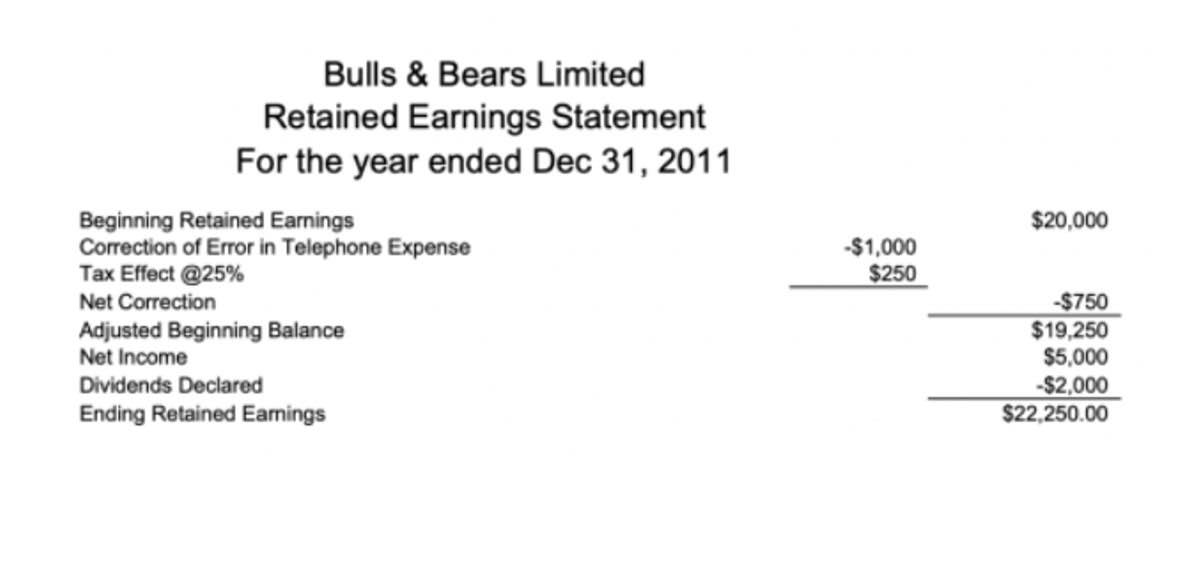
As an asset loses value due to wear and tear, obsolescence, or other factors, businesses recognize this reduction in value as an expense on their income statements. While depreciation has several financial implications, one of the most significant benefits is the tax shield effect. Remember that the choice of depreciation method impacts financial statements, taxes, and cash flows. Businesses must consider factors like asset type, industry norms, and regulatory requirements when selecting the most suitable method. Additionally, consult with accounting professionals to ensure accurate implementation.
Enterprise Value vs Equity Value – Ultimate Guide (
- As a result, it reduces the overall taxable income, thus lowering the amount of tax payable.
- While it may not capture the asset’s actual usage pattern, it remains a practical and widely accepted method in financial management.
- Whether it’s managing debt, leveraging depreciation, or capitalizing on R&D incentives, understanding tax shields empowers businesses to navigate the complex landscape of taxation effectively.
- Assuming a straight-line depreciation method, the business can deduct $5,000 ($50,000 divided by 10) from its taxable income each year for ten years as a depreciation expense.
By minimizing taxable income, individuals and businesses can increase their after-tax cash flow, allowing for reinvestment, debt reduction, or simply saving for future goals. These deductions reduce a taxpayer’s taxable income for a given year or defer income taxes QuickBooks into future years. Tax shields ultimately reduce the amount of taxes owed by an individual or business. In summary, understanding tax shields and incorporating them into financial decision-making can significantly impact a company’s after-tax cash flows and overall value. By optimizing tax-efficient strategies, businesses can enhance shareholder wealth and achieve sustainable growth. Remember that tax laws and regulations vary by jurisdiction, so consulting with tax professionals is essential for accurate calculations and effective tax planning.

Want To Learn More About Finance?
Also, at higher tax rates, Depreciation is going to provide additional savings. Get instant access to video lessons taught by experienced investment bankers. Learn financial statement modeling, DCF, M&A, LBO, Comps and Excel shortcuts. In the realm of personal and professional depreciation tax shield development, the mastery of time is akin to holding the… To wrap this up, we hope you now have a much better understanding of the Depreciation Tax Shield Calculation as well as the underlying concept.
- Tax shields allow taxpayers to reduce the amount of taxes owed by lowering their taxable income.
- Let us consider an example of a company XYZ Ltd, which is in the business of manufacturing synthetic rubber.
- Additionally, Company XYZ has taken a loan of $500,000 to finance its operations.
- Remember, the key lies in maximizing tax shields while maintaining compliance with legal and ethical standards.
- In order to qualify, the taxpayer must use itemized deductions on their tax return.
What is Depreciation and How to Calculate Its Tax Shield Effect in Your Capital Budgeting Analysis
Even though the APV method is a bit complex, it is more flexible because it allows us to factor-in the risk inherent in admissibility of interest tax shield. Let us take the example of another company, PQR Ltd., which is planning to purchase equipment worth $30,000 payable in 3 equal yearly installments, and the interest is chargeable at 10%. The company can also acquire the equipment on lease rental basis for $15,000 per annum, payable at the end of each year for three years.

It is necessary to understand the importance of the concept of depreciation tax shield equation in the corporate environment as a temporary benefit to save taxes. This amount in the profit and loss statement brings down the total revenue earned by the business, thus successfully leading to lower tax payments. The factor of (1-t) reduces the debt component which results in a lower WACC which in turn results in a higher present value of net cash flows. By incorporating them into capital budgeting decisions, you can enhance project profitability, minimize tax liabilities, and create value for your stakeholders. Remember, it’s not just about the numbers; it’s about maximizing the overall benefit to your organization.

The higher the savings from the tax shield, the higher the company’s cash profit. The extent of tax shield varies from nation to nation, and their benefits also vary based on the overall tax rate. However, when it is deducted from taxable income, it has a positive cash flow effect in the form of tax saving – the depreciation tax shield. In capital budgeting, the amount available as depreciation tax shield can be treated as equivalent to either reduced cash outflow or increased cash inflow. Depreciation tax shield refers to the net reduction in a company’s income tax liability on account of annual depreciation charge admissible under the applicable tax law.
Accelerated depreciation, for example, can boost early-stage cash flows, enabling reinvestment. Understanding the relationship between depreciation methods and tax regulations allows firms to align strategies with financial goals. A depreciation tax shield is a tax reduction Airbnb Accounting and Bookkeeping technique under which depreciation expense is subtracted from taxable income. The amount by which depreciation shields the taxpayer from income taxes is the applicable tax rate, multiplied by the amount of depreciation. This tax shield can cause a substantial reduction in the amount of taxable income, so many organizations prefer to use accelerated depreciation to accelerate its effect.
Episode 170: The Illusion of Understanding and the Study Success Cycle
The difference in EBIT amounts to $2 million, entirely attributable to the depreciation expense. Suppose we are looking at a company under two different scenarios, where the only difference is the depreciation expense. The real cash outflow stemming from capital expenditures has already occurred, however in U.S. Based on the information, do the calculation of the tax shield enjoyed by the company. The ability to use a home mortgage as a tax shield is a major benefit for many middle-class people whose homes are major components of their net worth. It also provides incentives to those interested in purchasing a home by providing a specific tax benefit to the borrower.